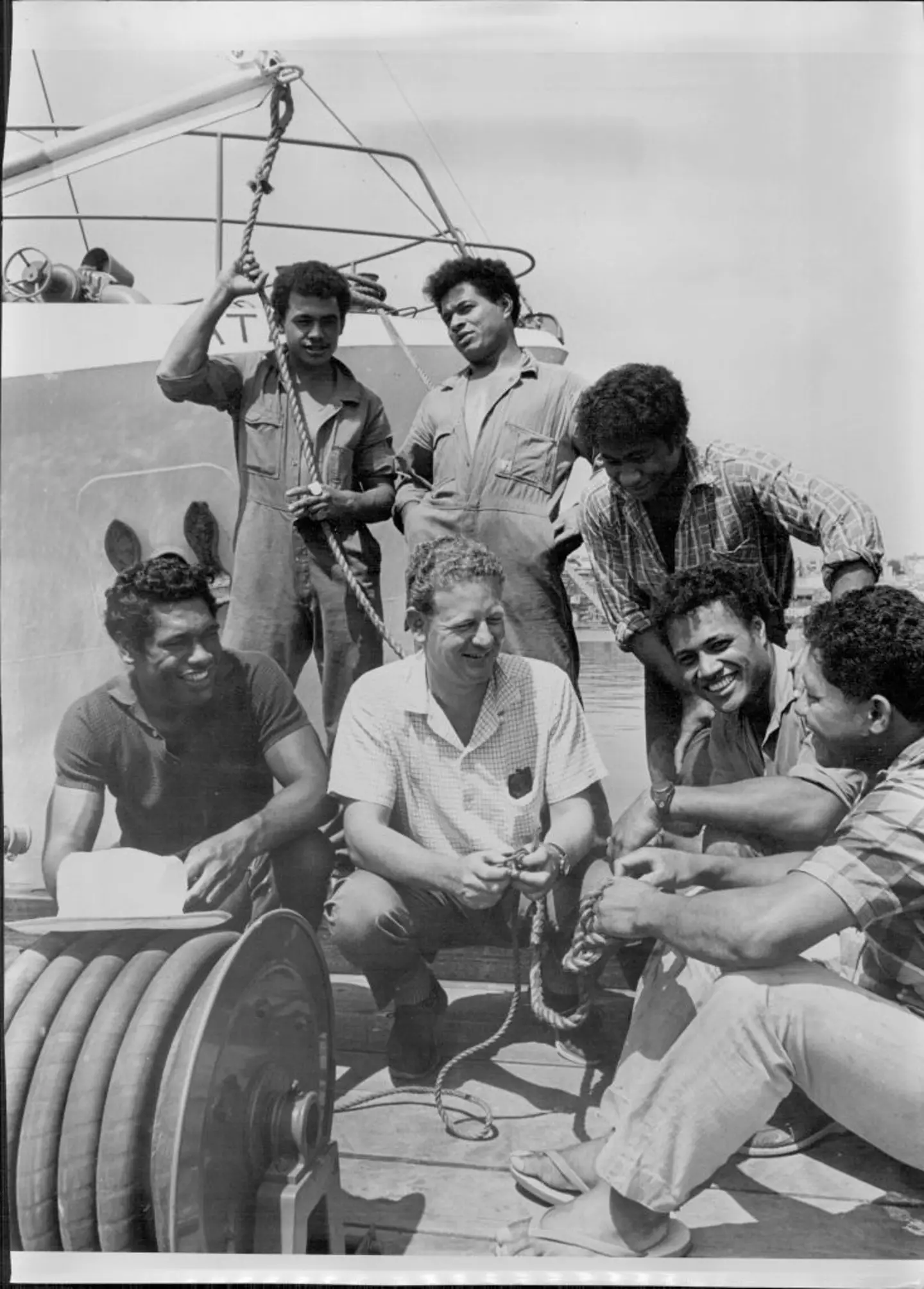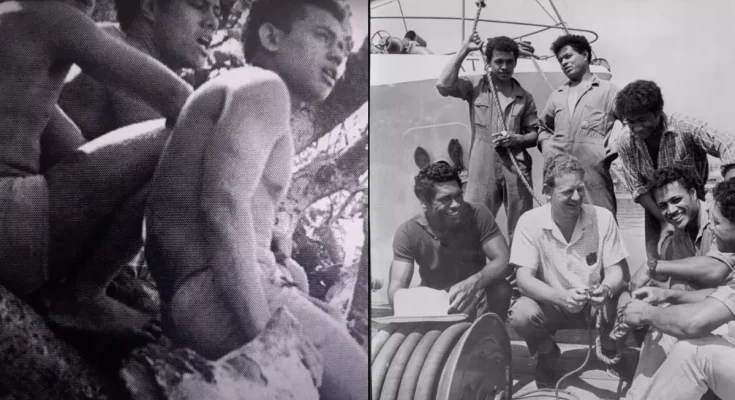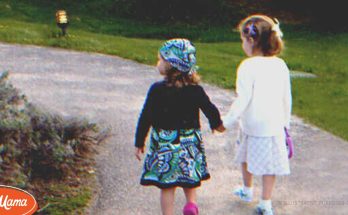The story has been referred to as a real-life version of Lord of the Flies
Here is the story of how six schoolboys were able to survive for 15 months after washing up on an abandoned island in the Pacific Ocean.
We’ve all had fleeting fantasies about running away from school and starting a new life, however, this idea became a reality for a group of Tongan teenagers in 1965.
Bored of their lives at St. Andrew’s Anglican boarding school in Nuku’alofa, Tonga, the teenagers decided they would take a boat and set sail for New Zealand, believing they could start a new life over there.
But things wouldn’t go exactly to plan and the group would find themselves seeking survival on an uninhabited island.

The story of the Tongan castaways
If you ever read William Golding’s 1954 novel Lord of the Flies, then you’ll probably be thinking you have an idea of where this story is going.
A bunch of teenagers attempting to maintain order on a deserted island, only to end up fighting each other for power.
But unlike Golding’s debut novel, which represents the darker side of human nature, the Tongan schoolboys ended up working together to survive the most difficult of circumstances.
A storm damaged their boat, leading to the group to spend eight days adrift before spotting the abandoned island of ʻAta and swimming to shore.
The boys, who were reported to be between 13 and 16 at the time, were called:
- Luke Veikoso
- Sione Fataua
- Tevita Fatai Latu
- Tevita Siolaʻa
- Kolo Fekitoa
- Sione Filipe Totau
The first few months on the island were tough as the group struggled to find adequate food and water, however, they’d made a pact not to turn on each other – no matter how bad things got.
“We all come from close and poor families where, whatever you get, you share.” Sione would later recall of their experience in an interview with PEOPLE.
Sione, who was 18 at the time, also explained how the group would dedicate evenings around the fire to air out any grievances they had with each other.
“If anybody had something they didn’t like, they talked about it and we say ‘Sorry’ and then pray and everything’s okay,” he added.
“If someone got really mad — like, if I planned something and they didn’t do it — you disappear for a few hours, look at the ocean and clear it out of your mind.”
After a few months, the boys’ fortunes improved after they discovered an abandoned village and were able to revive the remnants of the civilisation. They would also play a makeshift guitar together in order to keep morale high, composing several songs during their time on the island.
On 11 September 1966, 15 months after washing up on the island, the group were able to capture the attention of an Australian fishing boat captained by Peter Warner.

After explaining their identities to the captain, Warner agreed to take them onboard and return them to Tonga, were all six boys were medically examined and declared healthy.
Despite the remarkable nature of the boys’ survival, the story would remain relatively unknown to the rest of the world for decades, until Dutch historian Rutger Bregman published a retelling of their story in his 2019 book Humankind: A New History of Human Nature.
Refocused attention on the story would also lead to debate in Tonga and the wider Pacific regarding ‘ownership’ of the boys’ story, with Sione, now in his 70s, telling ABC Australia in 2020 that he hopes to write the story in his own words one day.



